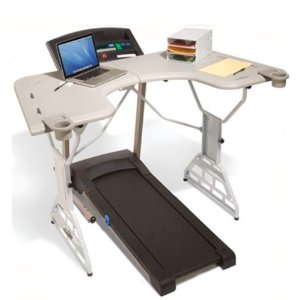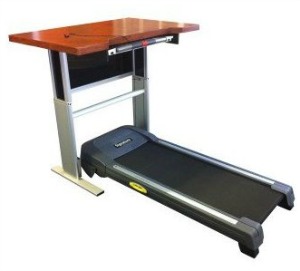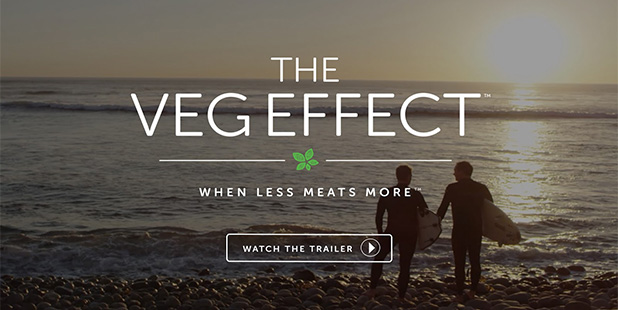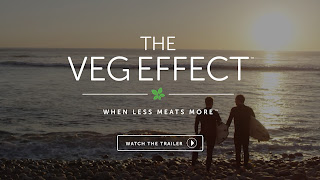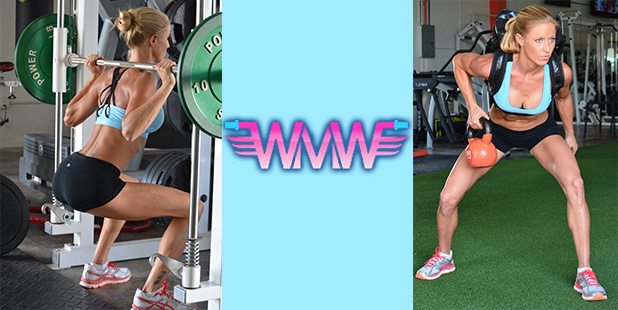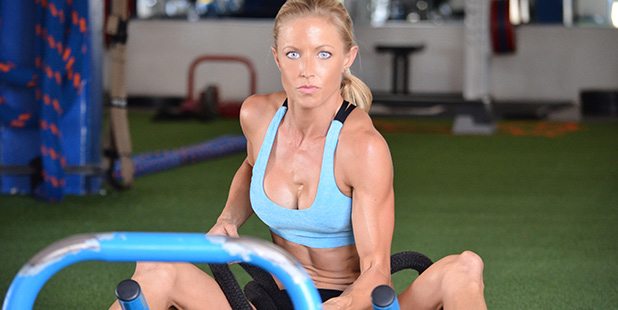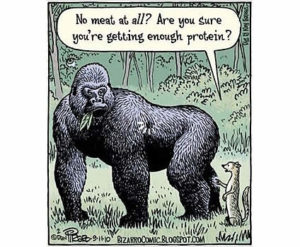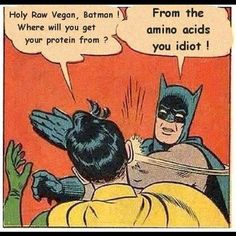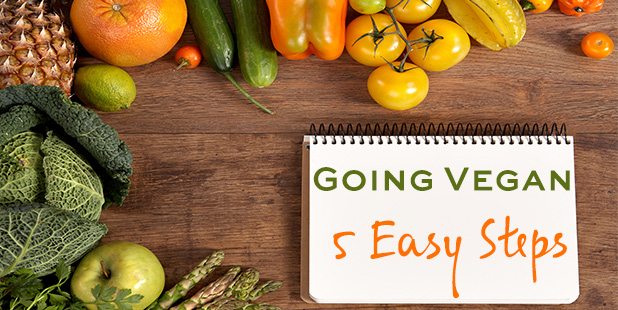Right now, I’m writing this from Miami International Airport, sipping on a matcha latte with soy milk (I managed to find one with unsweetened organic soy… WINNING!).😋
I’m headed to Tulum, Mexico for the week to visit my dear friend and soul-sister, Allison Melody (you may know her from the Food Heals Podcast). She’s living and working there for a few months.
I’m super exited that I found a badass outdoor Muay Thai gym that I plan to train at all week (I think my knee is ready now as I’m headed into month 8 post-op surgery and feel strong and mobile!).
 I’ll also be doing a bunch of yoga, while continuing to work with my virtual coaching and personal training clients. (Expect a full Tulum download in next week’s email.)
I’ll also be doing a bunch of yoga, while continuing to work with my virtual coaching and personal training clients. (Expect a full Tulum download in next week’s email.)
Leaving Fiona is always the hardest part—she’s such a bundle of love in a small package!
Knowing she’s in good hands with my mom certainly makes the goodbye a little easier. 🐾💗
After so many years of traveling while staying true to my vegan lifestyle and movement practices, I feel like I’ve really cracked the code on how to stay aligned while on the go.
If you’ve got any travel plans coming up—whether it’s spring break, a long weekend, or a summer adventure—I’d love to support you in staying centered and strong while you explore, so I wrote a blog post that shares my favorite tips to help you feel your best wherever you roam.
Remember, alignment isn’t about rigidity—it’s about self-awareness, using compassion as your compass (for both yourself and others), and staying connected to your deep, meaningful “why.”
My Taiji Journey Continues
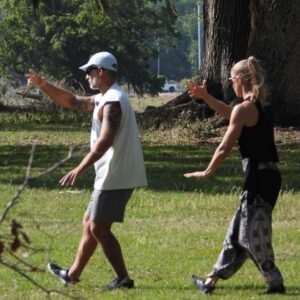 In case you missed it, I’ve been diving deep into the internal art of tai chi (taiji) since December.
In case you missed it, I’ve been diving deep into the internal art of tai chi (taiji) since December.
It started as a prescription, really—after an Ayurvedic consultation revealed that my vata dosha (air element) is out of balance. No surprise there… I’ve been dealing with insomnia for over 20 years.
The recommendation?
Grounding practices.
So, I committed to taiji a few hours a week under the guidance of Sifu Fred Holt (@trainkungfu)—and let me tell you, it was not love at first stance.
At first, the slow, deliberate movements felt… well… borderline torturous. 😅
But I approached it the way I do with anything I’ve committed to that will uplevel my health holistically: with curiosity, compassion, and discipline (you can read about my take on discipline in this blog post).
And before long something shifted.
Bit by bit, week by week, I started to crave the practice. What began as two sessions a week has become nearly a daily ritual.
I believe it’s medicine for both my nervous system and my soul.
Lessons from Push-Hands (and Life)
 Last weekend, I road-tripped with Fred and fellow student Peter to Lakeland, Florida for a Push-Hands retreat hosted by the Tampa Bay Martial Arts Group.
Last weekend, I road-tripped with Fred and fellow student Peter to Lakeland, Florida for a Push-Hands retreat hosted by the Tampa Bay Martial Arts Group.
If you’ve never heard of push-hands, it’s a partner practice within taiji that teaches you to stay grounded, relaxed, and responsive—even when someone’s literally trying to throw you off balance.
I’ve only been practicing push hands for about 6 weeks, while many people at the retreat had decades of experience.
And although I managed to push some people, I often felt like a dead leaf caught in the wind as I was tossed around with ease by partners whose grounded power felt both humbling and awe-inspiring… A reminder of what’s possible when energy, strength, and presence are fully embodied and connected.
The big takeaway?
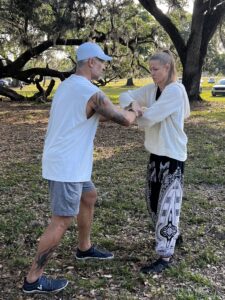 🌱 True strength doesn’t come from resisting or forcing—it comes from learning how to flow, to connect and work with energy, to expand, and to respond calmly and with purpose.
🌱 True strength doesn’t come from resisting or forcing—it comes from learning how to flow, to connect and work with energy, to expand, and to respond calmly and with purpose.
Whether you’re on a path of healing, traveling somewhere new, or just trying to stay rooted in your day-to-day routine, I hope this serves as a reminder that slowing down, leaning in, and choosing presence over perfection is a powerful path forward.
P.S. If you’ve been curious about starting a grounding practice like tai chi or want help staying aligned with food and fitness during travel or transition, hit reply—I’d love to hear what you’re working on or moving through. 💌




 Marathon Your Meal Prep
Marathon Your Meal Prep

